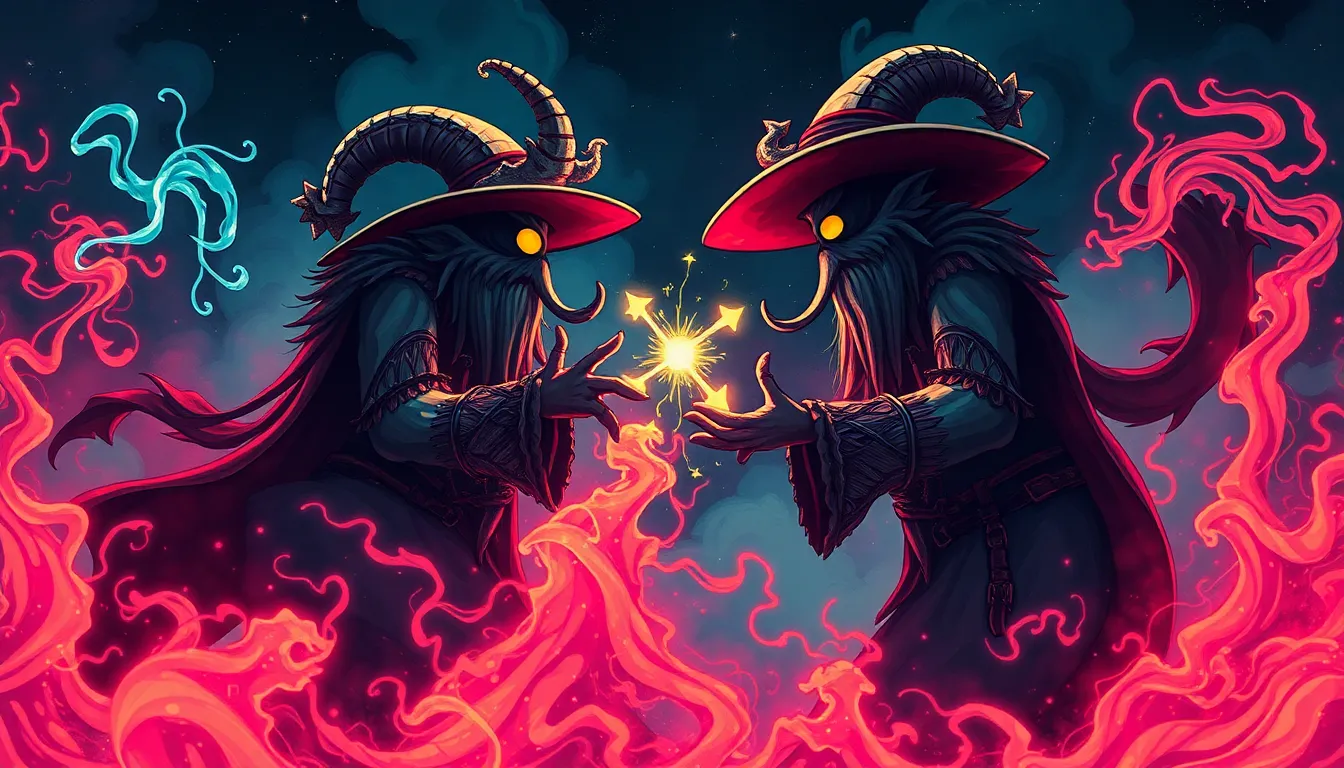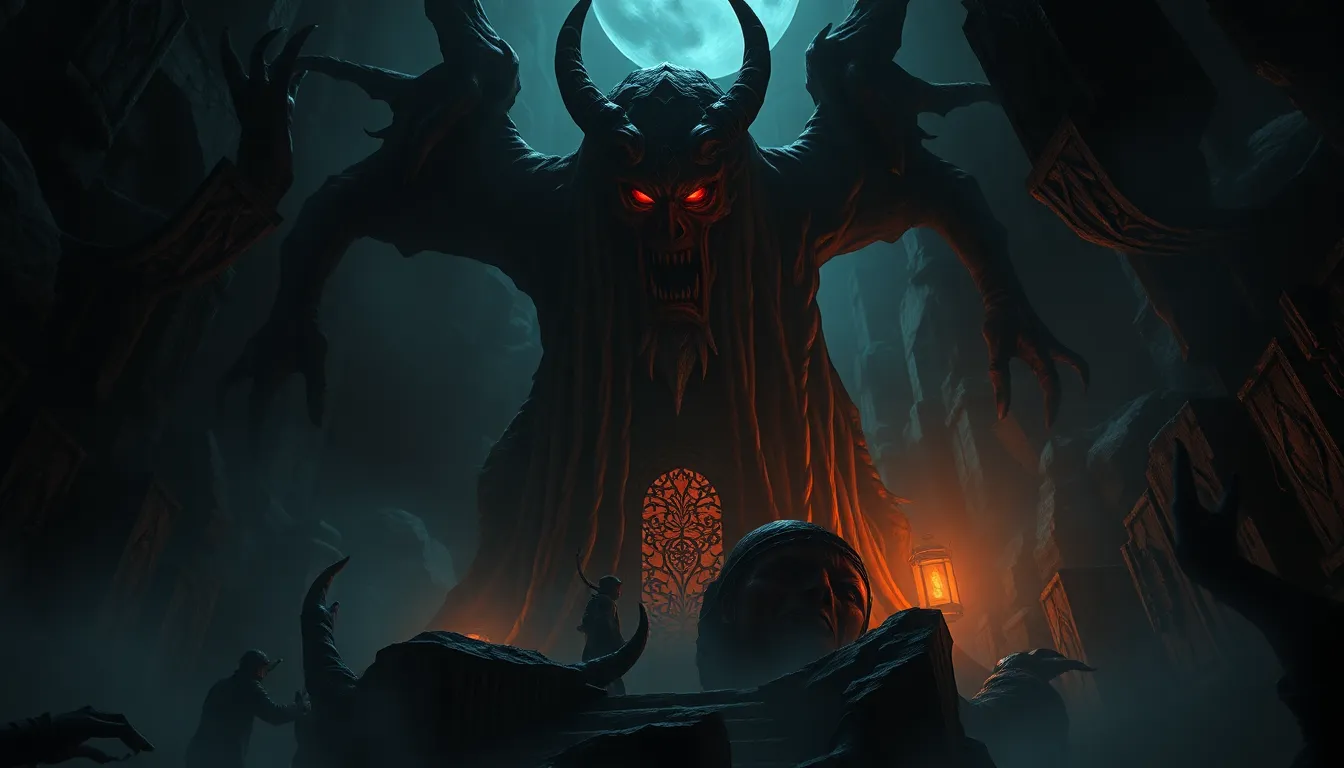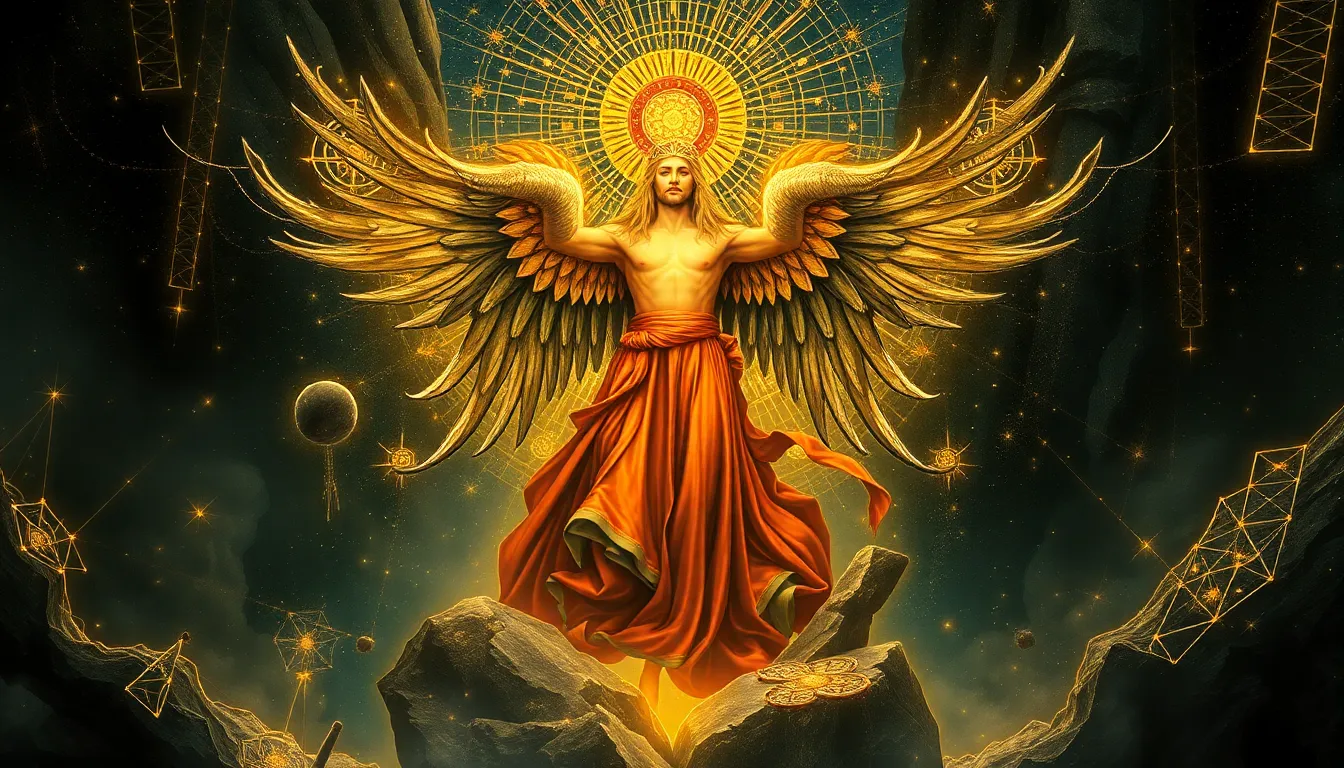The Dual Nature of Tricksters: Heroes or Villains?
I. Introduction
Tricksters are fascinating figures in folklore and mythology, often embodying a duality that challenges our traditional notions of morality. Defined as characters who use cunning, wit, and deception, tricksters play pivotal roles in various cultural narratives, serving as both agents of chaos and catalysts for change. This article delves into the intricate nature of trickster figures, exploring their roles as both heroes and villains across different cultures and epochs.
II. Historical Context of Trickster Archetypes
Throughout history, trickster figures have emerged in numerous cultures, each embodying unique traits and stories that reflect societal values and beliefs. Some of the most notable tricksters include:
- Raven in Native American mythology
- Br’er Rabbit in African American folklore
- Hermes in Greek mythology
Key characteristics of tricksters often include:
- Intelligence and resourcefulness
- Playfulness and humor
- Ambiguity in morality
Over time, the trickster archetype has evolved, adapting to the cultural contexts in which they appear, showcasing the fluidity of human nature and societal norms.
III. The Trickster as a Hero
Many tricksters embody heroic traits, using their cunning to outsmart foes and challenge unjust authority. Notable examples include:
1. Anansi in African Folklore
As a spider deity, Anansi is celebrated for his intelligence and ability to manipulate situations to his advantage. Often seen as a cultural hero, Anansi’s stories emphasize the importance of wit over brute strength.
2. Loki in Norse Mythology
While Loki’s role is complex, he often acts as a hero by using his cunning to assist the gods, despite his eventual betrayal. His actions, though often mischievous, drive the narrative forward and lead to significant transformations.
Trickster heroes challenge authority and social norms, acting as agents of change. They offer alternative perspectives that can provoke thought and inspire rebellion against oppressive systems.
IV. The Trickster as a Villain
Conversely, tricksters can also exhibit malevolent behavior, leading to chaos and destruction. Some notable instances include:
1. Coyote in Native American Stories
Coyote is often depicted as a trickster who, while clever, can also be selfish and reckless. His actions frequently result in unintended consequences, affecting both himself and others.
2. Hermes in Certain Greek Myths
While Hermes is primarily a messenger god, he demonstrates trickster qualities that sometimes lead to deceit. His cunning can have negative repercussions, showcasing the darker side of trickster behavior.
The consequences of trickster actions can ripple through society, leading to moral dilemmas and questioning the very nature of good and evil. This ambiguity is a hallmark of trickster narratives, compelling audiences to reflect on their own values.
V. The Psychological Perspective: Tricksters as Mirrors of Human Nature
The duality of trickster figures often reflects the complexities of human nature. Tricksters embody the struggle between chaos and order, presenting a psychological landscape that challenges our understanding of morality. Some implications include:
- Tricksters highlight the dual nature of humans, showcasing both light and dark tendencies.
- They serve as a representation of the inner conflict between societal expectations and individual desires.
- Tricksters challenge rigid definitions of good and evil, prompting introspection and critical thinking.
VI. Tricksters in Modern Media
In contemporary literature and film, trickster figures continue to thrive, often representing rebellion against societal norms. Popular characters include:
- The Joker – A chaotic figure who embodies the darker aspects of the trickster.
- Deadpool – A humorous anti-hero who subverts traditional narratives.
The relevance of trickster narratives persists in today’s society, reflecting ongoing struggles with authority, identity, and morality. These characters often provide a lens through which to examine contemporary issues, resonating with audiences seeking to understand the complexities of modern life.
VII. Cultural Implications of Trickster Narratives
Tricksters often serve as cultural critics, commenting on societal values and norms. Their stories can have profound impacts, such as:
- Encouraging critical thought about power dynamics and social justice.
- Challenging stereotypes and preconceived notions of morality.
- Promoting resilience and adaptability in the face of adversity.
Different cultures embrace or reject the trickster role based on their values, leading to diverse interpretations and functions of these figures within society.
VIII. The Role of Humor in Trickster Tales
Humor plays a significant role in trickster narratives, serving various functions:
- It provides relief amidst chaos and conflict.
- Humor serves as a tool for subversion, allowing audiences to critique societal norms.
- The balance between comedy and tragedy in trickster stories illustrates the complexity of human experience.
IX. Conclusion
In summary, trickster figures embody a dual nature that challenges our understanding of heroes and villains. Their complexity not only entertains but also invites us to reflect on our own values and the human condition. The enduring appeal of tricksters lies in their ability to navigate the gray areas of morality, making them timeless characters in the fabric of cultural narratives.



